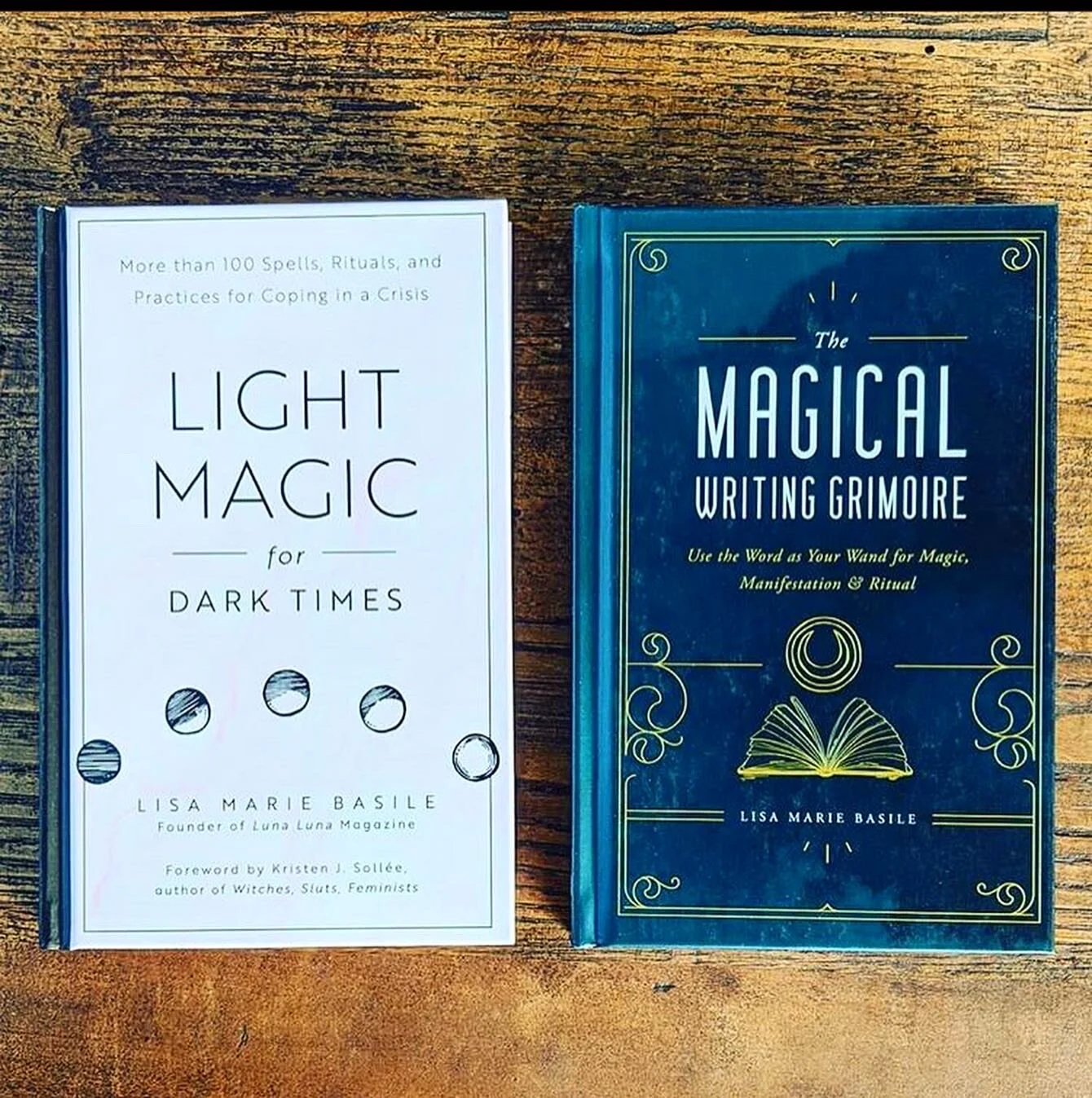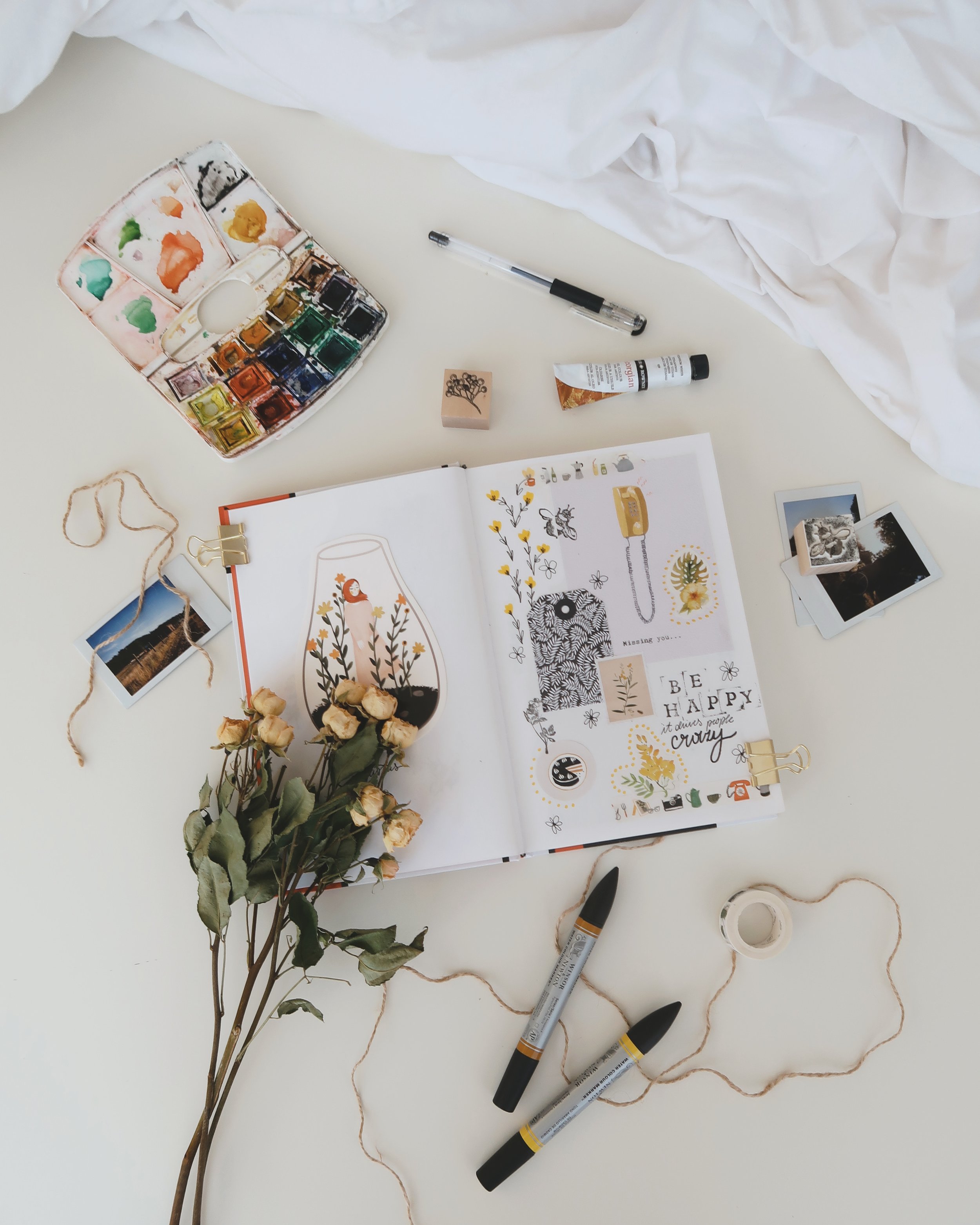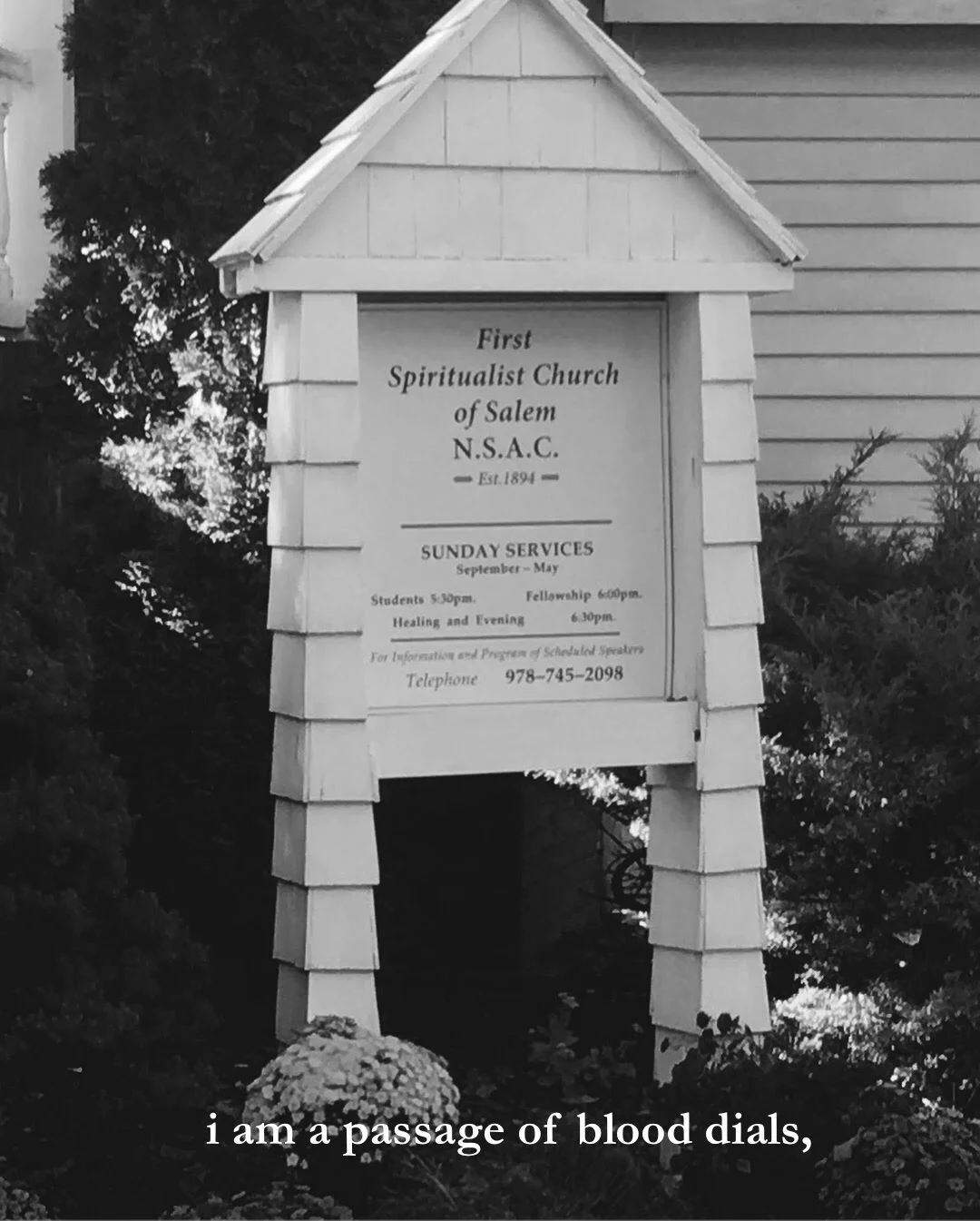BY KAILEY TEDESCO
On the night my best friend was hit by a car, I was learning to trapeze.
This troubled me for many years. The similarity of the motions was frightening—I was thirty feet in the air, swinging, trying not to drop into the safety net. My vertigo activated and thoughts of death swarmed me as I stared outwards at an ice cream shop made entirely from jelly beans. I thought of missing the net and falling flat and body-contorted to the jelly bean ground, my skeleton formation hard to distinguish against the obnoxious rainbow patterning.
But I didn’t fall. I was fine. The next morning I went happily to breakfast, a survivor of the trapeze, and that’s when I got the call about my best friend.
And I wished it was me instead. I wished that I did die the trapeze death my catastrophic mind imagined. But I was fine, and she wasn’t.
I pocketed some jelly beans.
***
On a long drive out of state, my family stopped and got out of the car when we saw the house that looked not like a house, but a valentine.
We gawked for a good five minutes at plastic swans spray-painted gold, careening their heads from the windows. There were cherubs and baby dolls, all stuck in the snow and nailed against the siding. The house was on a long stretch of quiet road with no other houses around it. It was a small house, almost doll-like itself. As we stared we tried to imagine where living fit in all of the lace and gold and cement angels.
That’s when the owner of the house caught us. He came up from behind us on the other side of the road and asked what we thought. Surprised and embarrassed, we explained that we loved it and that it was beautiful—and it was true.
The man told us that this is not his house, but a house he made specifically for his mother, sister, and boyfriend who have all passed. Guiding us closer, he pointed out the poetry on a giant velvet red heart, the center of the front yard. He told us his lover died in his arms, and now he was all alone. He said that he made this for the loves that he’s lost, and he smiled.
***
They say the grieving process typically takes about three years. The Victorians would wear black for this time, and Queen Victoria, crushed by the death of her husband wore black lace for the rest of her life. At this time, family portraits were taken with dead loved ones and hung up on the wall. Locks of hair were coiled into lockets or pressed into frames. If a loved one had died, family and friends wrapped themselves in mourning. They took everything left of that person and built it into the infrastructure of their house, forming a household tomb not totally unlike the Egyptians.
They say the grieving process takes about three years, but I was given about three days after my best friend died before my German teacher failed me for the marking period after missing the final exam. When I explained what had happened, nearly in tears, and that she should have received a note from my guidance counselor, she looked surprised and said:
"OH! It was your best friend? I thought it was your best friend’s mom!"
I wondered why this made a difference, but she let me make up the final exam after that.
I had moved away a little over a year before my best friend died, so I was alone in my grieving. Since I was new, most of the people at my school only knew me in grieving, so they didn’t register it as grieving at all. When I’d get home, I’d take out a pair of sweatpants my friend left at my house the last night she stayed over and a journal her mom gave to me. I’d light candles, locked away in my bedroom, and I’d write her letters like I did when she was alive. Sometimes, I’d attach candy wrappers or gems or stickers.
RELATED: Interview with Author, Mortician, & Death Positive Activist Caitlin Doughty
I realized then that the world lost its Victorian sensibilities in regards to death, and that grieving, especially when it isn’t shared, makes most people uncomfortable. No one will say so, but at school and work and other responsibilities you just know they’re waiting for you to get over it.
So I learned to grieve alone and I learned to build shrines.
***
When my Grizzy died, I inherited her jewelry box. It was stuffed with large geometric earrings, sapphire and amethyst rings, a Pocahontas watch, and a long strand of crystalline rosary beads filled with holy water directly from the Vatican.
She gave me a gold cross of my own just before my first holy communion. I didn’t take the cross off for two years after she died, and I was heartbroken when the chain snagged on my bedpost and snapped. My mom offered to take me the jewelry store to get it fixed, but she warned that they might replace the chain. It didn’t seem right, so I just let it be broken. I placed it in a white silk pouch and I placed that pouch in the jewelry box.
Over the years, I have rarely removed any of her jewelry, but I have added my own. Now, it’s a small container of both of us, the different flora of our perfumes mingling against the small glass doors.
***
When I was six, I was convinced I was being haunted by a witch who lived underneath my house. I dreamt of the witch often, and she was only ever kind to me.
One morning, I woke up from a dream about her and reached, unwittingly, underneath my mattress. I pulled out a small gold coin attached to a delicate gold chain. I put it around my neck and declared to my neighbors that we must dig and find the witch.
We spent three days digging with small pail shovels in a pit of sand left from a blow up pool we had over the summer. While digging, I found another necklace. This time it was under the porch and it had a one-eyed skull, pirate like attached. I took this as a sign we must be close to finding the witch.
After those three days, our arms hurt and we only dug a hole about as big as a bucket. I gave up on finding the witch and threw the necklaces into the hole as we covered them up.
I still don’t know where they came from, but now they are offerings to the earth.
***
Objects have power. Mediums, while fraudulent, would produce oranges or birds or pocket watches from their bodies during a seance. One medium was caught with 157 flowers hidden under her petticoat. The act of producing these objects is called an apport.
Even though it was more a slight of hand than a contact with the beyond, I understand why the appearance of these objects brought comfort. Photographs are wonderful, but when I’ve lost people, I’ve always needed a little more than that.
To put on the shoes of a loved one and to feel the coarseness of where the sole lining has lifted from wear or to spritz yourself with their perfume is to bring them back for a moment. It’s strange that objects are something so engrained in the material world yet so potent in evoking the memory of someone who has left it.
I never could figure out where the necklaces of my childhood came from or what to do with the jelly beans and tissues and letters and gems I’ve collected from death, but once a pristine bouquet fell from the sky the day after I got engaged. I keep it in a vase now, the flowers dried and browned.
Sometimes, we are given small offerings on Earth, tokens for the shrines we’re building to all our losses. I find it’s most comforting to keep them safe and not question why these objects are shone to us when we most need them.
Kailey Tedesco is the author of These Ghosts of Mine, Siamese (Dancing Girl Press) and the forthcoming full-length collection, She Used to be on a Milk Carton (April Gloaming Publications). She is the co-founding editor-in-chief of Rag Queen Periodical and a member of the Poetry Brothel. She received her MFA in creative writing from Arcadia University, and she now teaches literature at several local colleges.
Her poetry has been nominated for the Pushcart Prize. You can find her work in Prelude, Bellevue Literary Review, Sugar House Review, Poetry Quarterly, Hello Giggles, UltraCulture, and more. For more information, please visit kaileytedesco.com.































